Tech-tonic: ’Electronic Superhighway’ charts the shifting landscape of computer-art
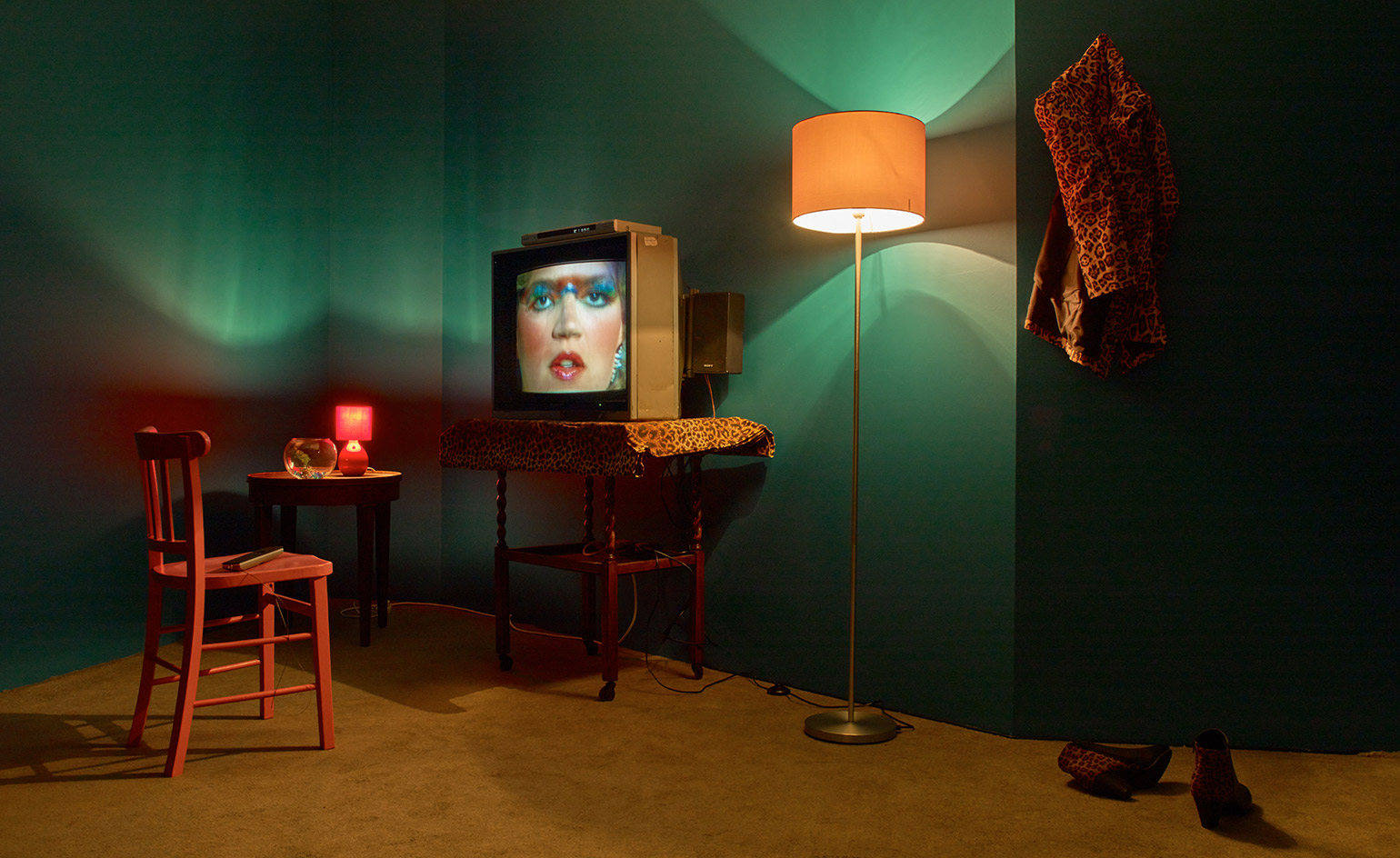
When you think of Internet-based art, your mind might jump to the cutting edge. Although the hyper-modern aspects of multimedia art are displayed in the Whitechapel Gallery's first show of the year, the emphasis is firmly on the medium's rich and rebellious history.
'Electronic Superhighway' takes its name from one of its contributors - South Korean video artist Nam June Paik, who coined the term in 1977. In Paik's Internet Dream – a major video-wall installation of 52 monitors displaying electronically-processed images – blurred, garish colours have a hypnotic effect, showing his early awareness of society's move towards information saturation.
This abundance of data, ironically, could occur in such an ambitious, extensive exhibition. The dizzying array of computer screens, installations and radio static that greets gallery-goers is deliberately overwhelming. To prevent complete over-stimulation, 'Electronic Superhighway' is dispersed over two floors and three different gallery spaces, working backwards chronologically from the present day.
On the ground floor, web art is represented by Amalia Ulman's Excellences Perfections Instagram, a four-month documentary series which examines the influence of social media on attitudes towards the female form. The theme of online identity (or lack thereof) is continued by Douglas Coupland's famously obscured Deep Face - a comment on Facebook's involuntary facial recognition technology.
As visitors make their way up stairs, they journey back to the 1990s. At the top of the staircase, Aristakh Chernyshev's custom LED panel eternally loops the word 'Loading' around in a frustrating circle. This signifies that although visitors are moving upwards, they are regressing into a time when information was not demanded or expected instantaneously.
The second gallery space concentrates on the explosion of the Internet, which brought with it an explosion of browser-based works. Ann Hircsh's Twelve (2013) and Martine Neddam's Mouchette.org (1996) present interactive narratives about vulnerable teenage girl-users. In the latter, fluffy pink pens sit alongside vulgar images on a tablet, with no writing paper in sight.
In the final space, the tone shifts again. Here, the exhibition's pervading sense of foreboding is mingled with some light optimism - the works look forward to a bright-screened future. The 60s and 70s feature boundary-testing artists who pushed early technology to its creative limits. Highlights include the intricate, plotter-based algorithmic work by Manfred Mohr, and the early digital-media design of Frieder Nake.
'Electronic Superhighway' ends at the beginning, with memorabilia from Experiments in Art and Technology (E.A.T) - a series of events that took place in 1960s New York, which showcased artists like John Cage and Robert Rauschenberg. And what better way to end an exhibition about screen-based works, than with a good old-fashioned cabinet of physical artefacts.
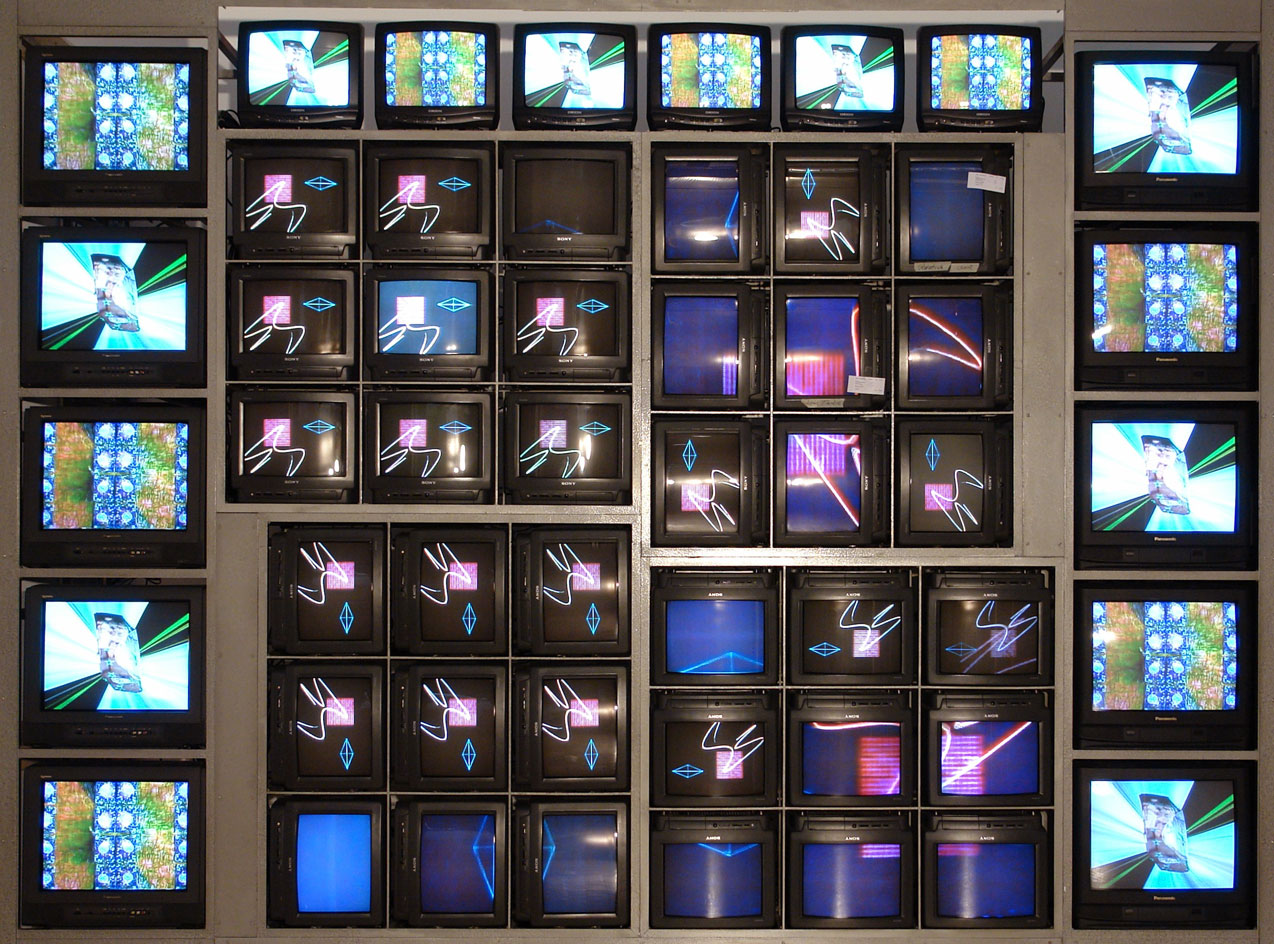
The show takes its name from one of its contributors, South Korean artist Nam June Paik (his Internet Dream, 1994, pictured here), who coined the term in 1977. © ZKM Center for Art and Media Karlsruhe / Nam June Paik Estate.
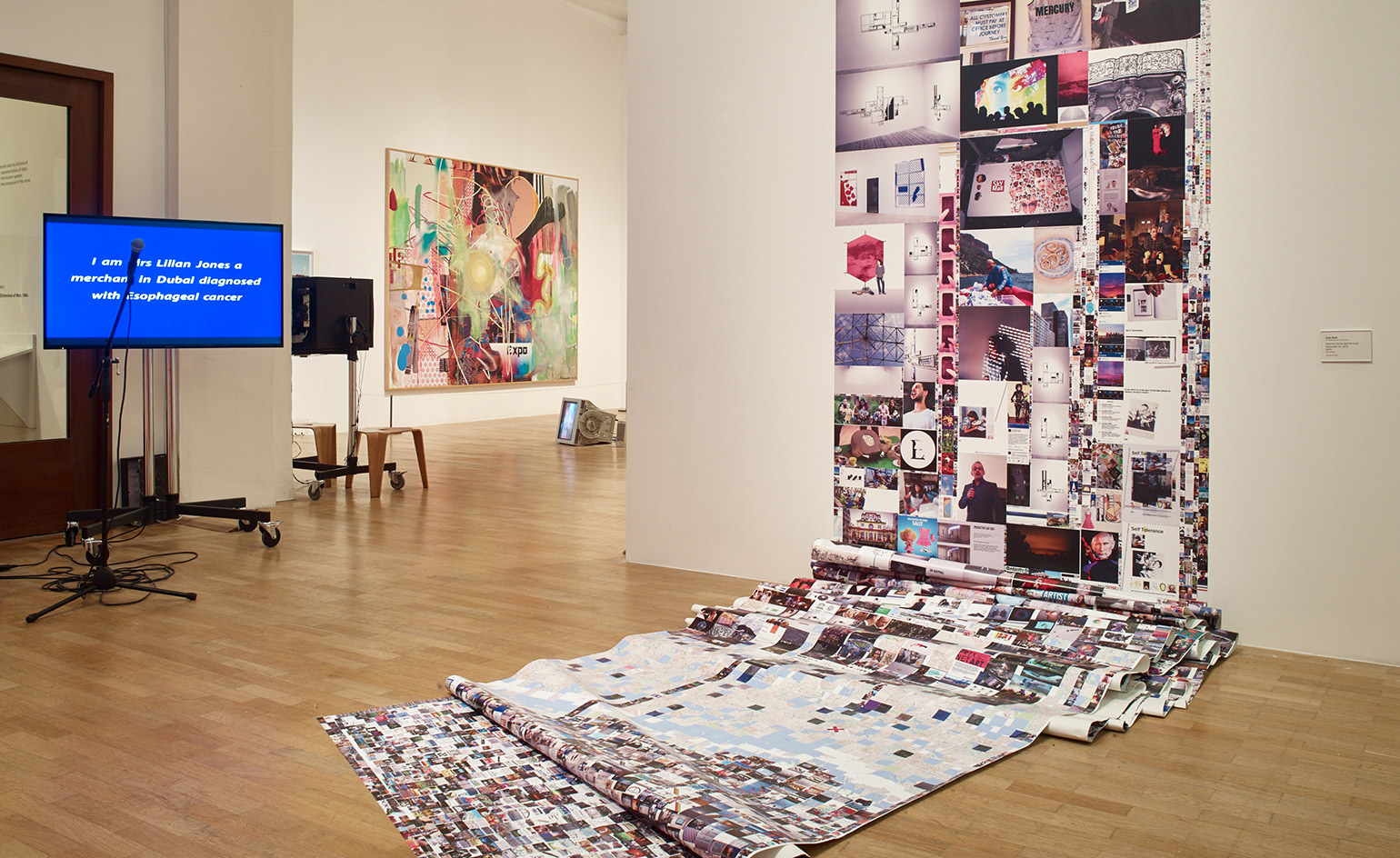
Spread over two floors and three different gallery spaces, the exhibition starts at the present day (pictured) and works backwards to the birth of computer art in 1966. Courtesy of the artist.
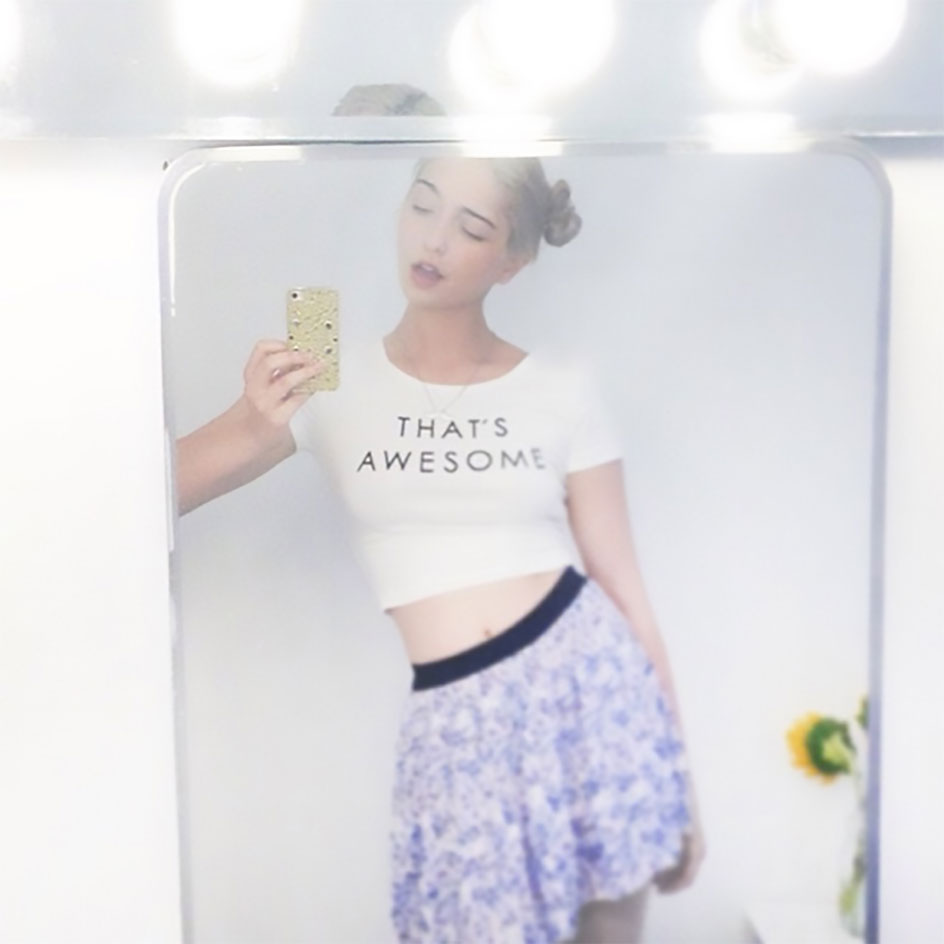
In the first gallery, modern day is represented by enlarged Instagram images by Amalia Ulman.
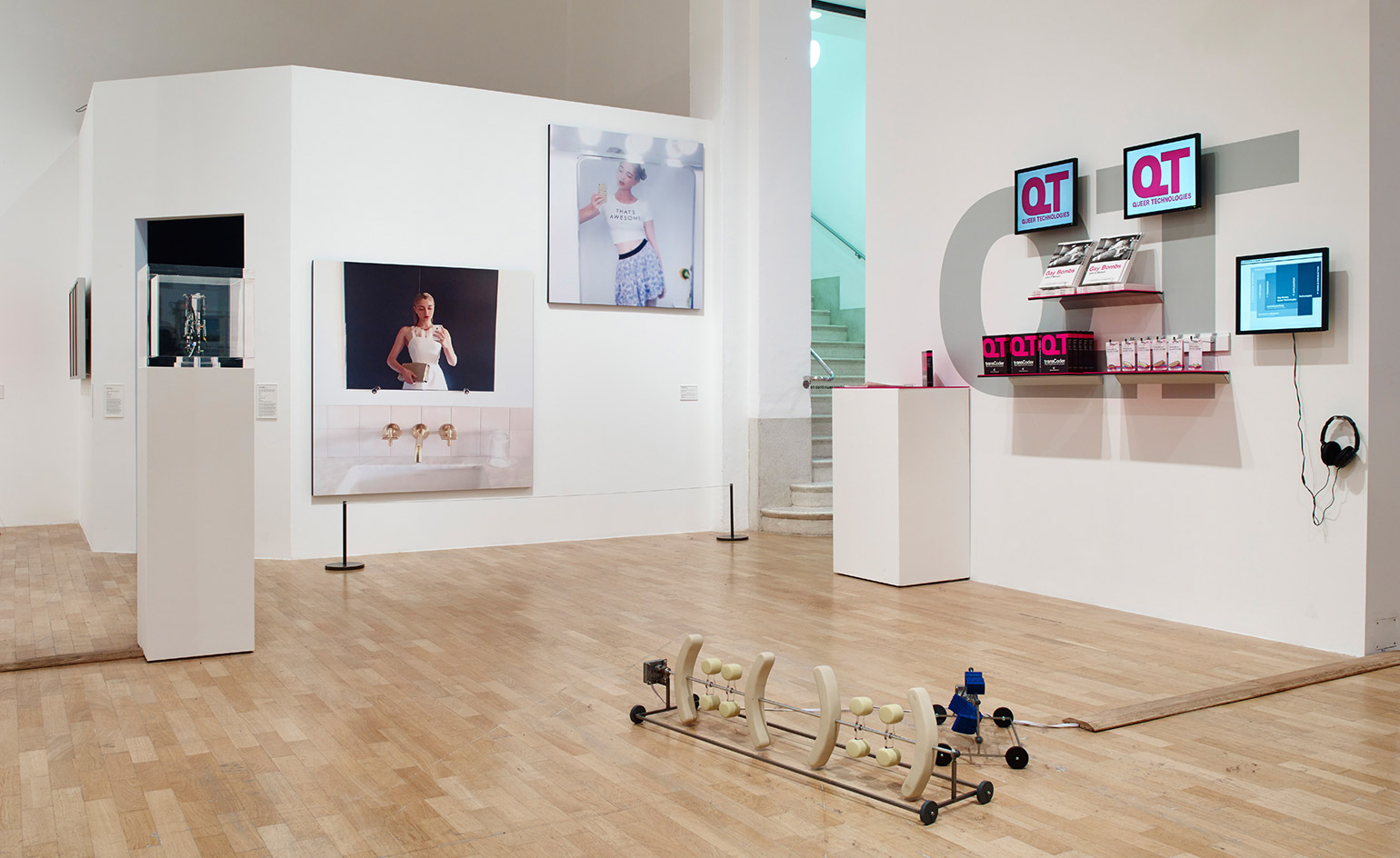
Themes of online identity – or lack thereof – are also presented on this floor. Courtesy of the artist.
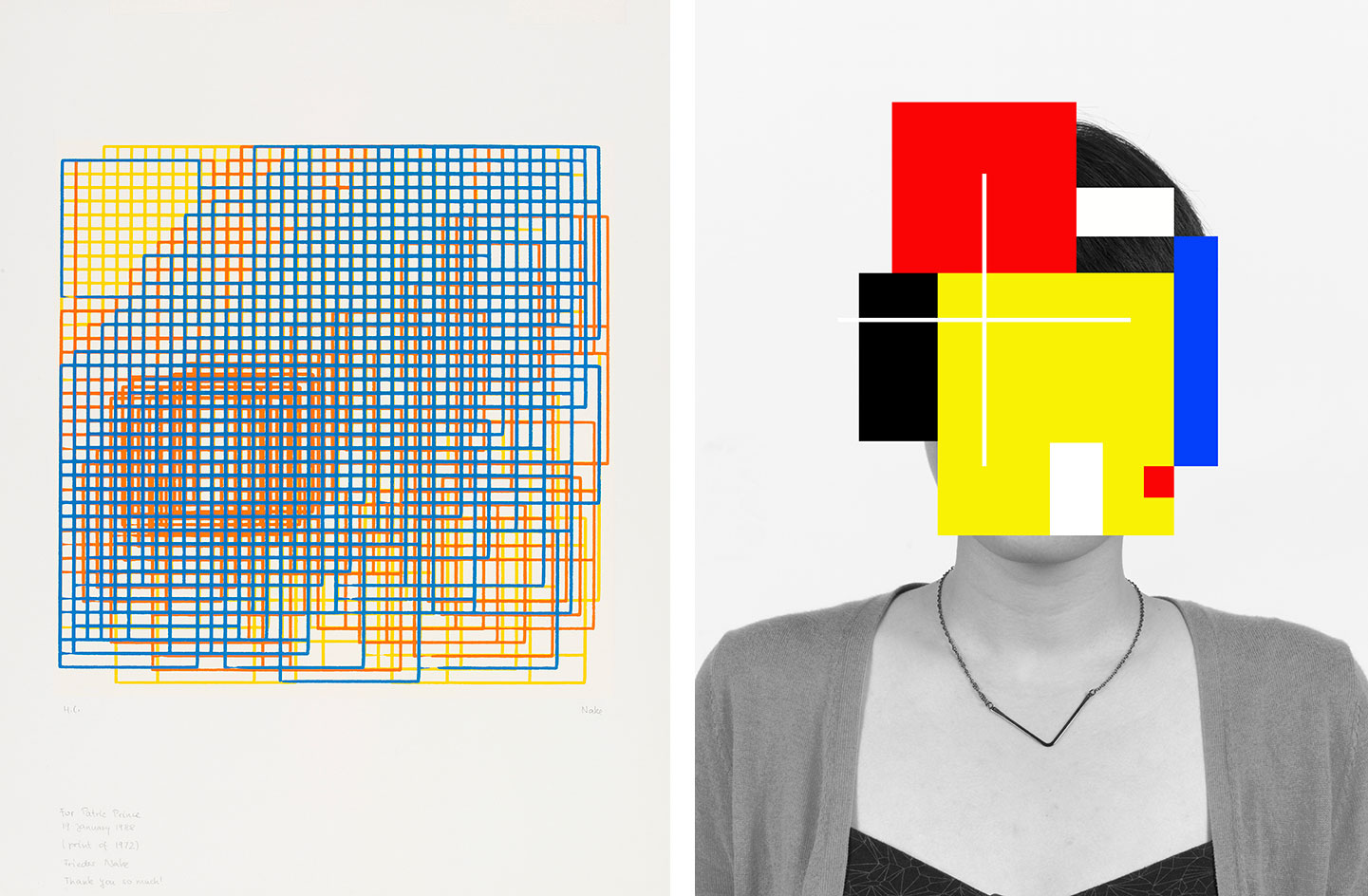
Pictured left: Walk-Through-Raster Vancouver Version, by Frieder Nake, 1972. Right: Deep Face, by Douglas Coupland, 2015.
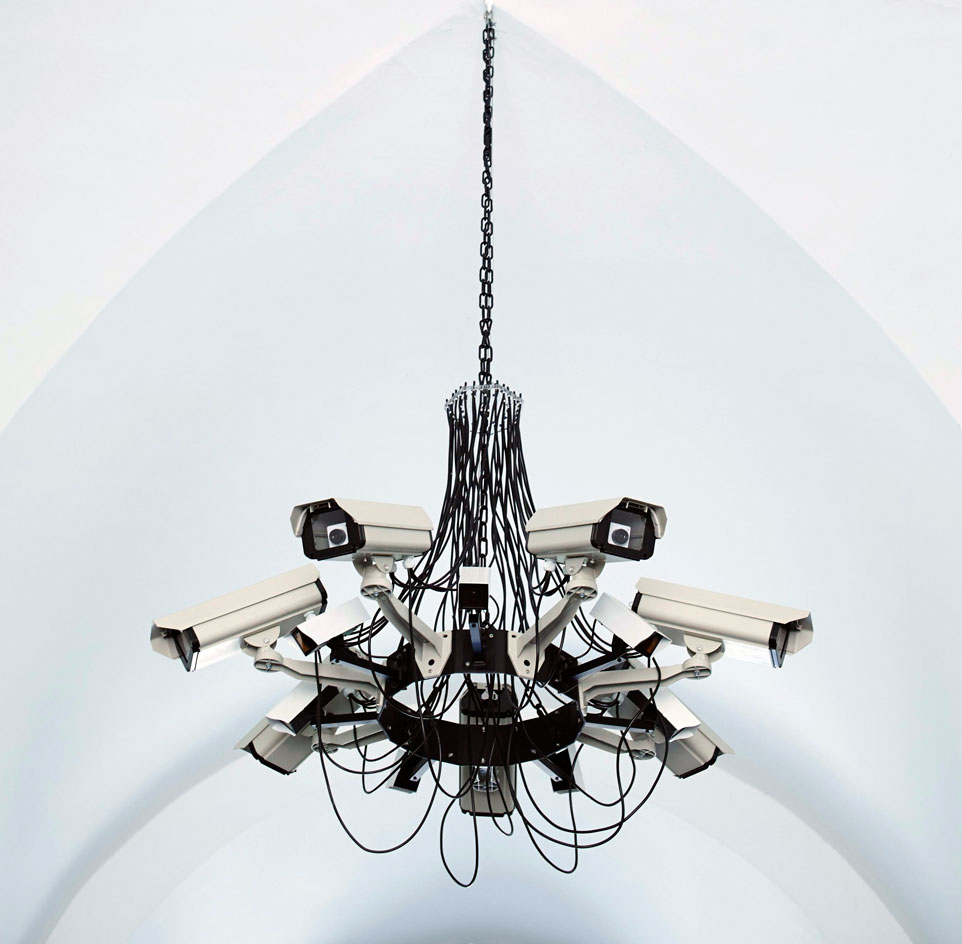
Asymmetric Love, by Addie Wagenknecht, 2013. Courtesy of Bitforms Gallery, New York. © Addie Wagenknecht
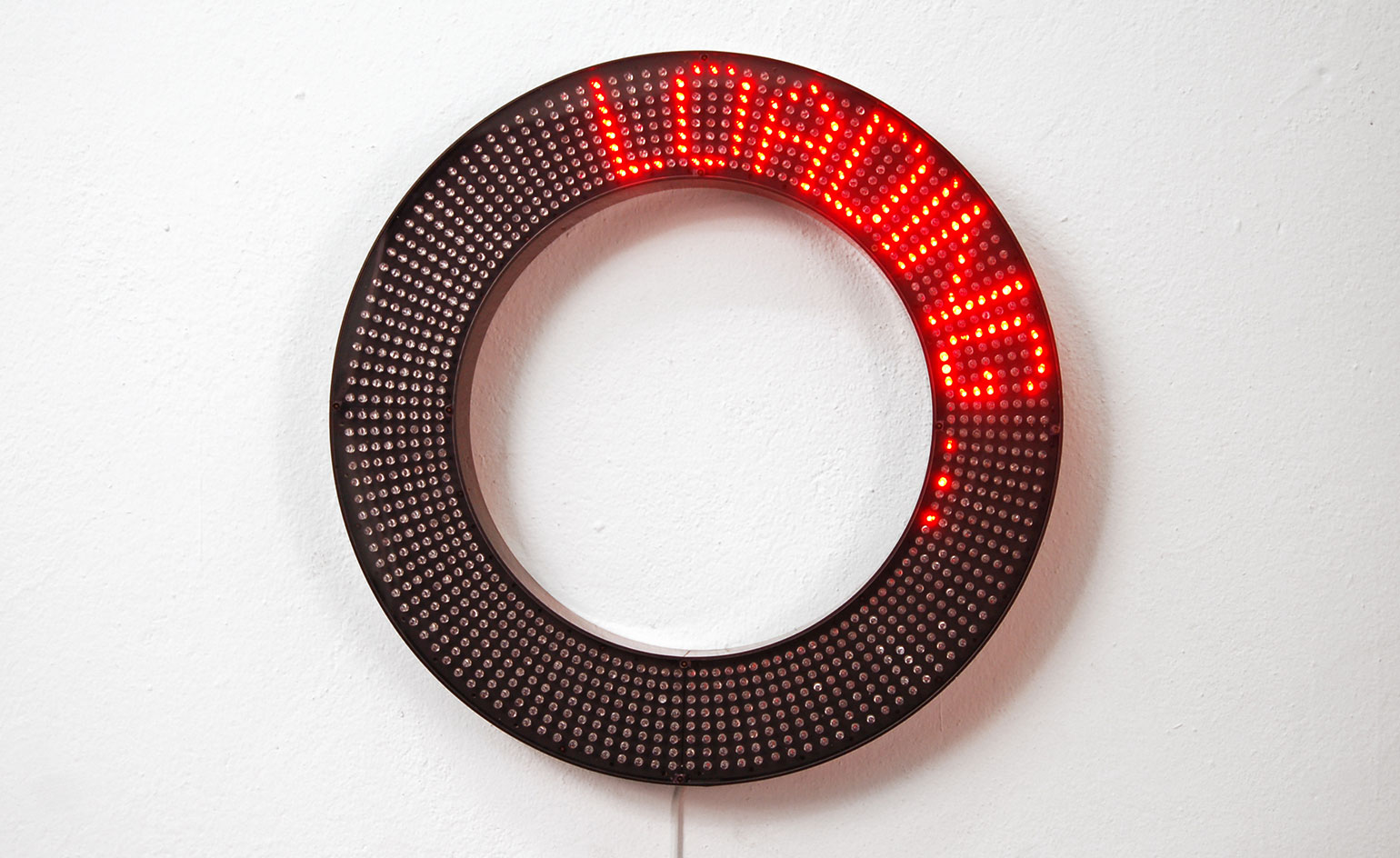
Loading, by Aristarkh Chernyshev, 2007, informs visitors that they are about to step back in time.
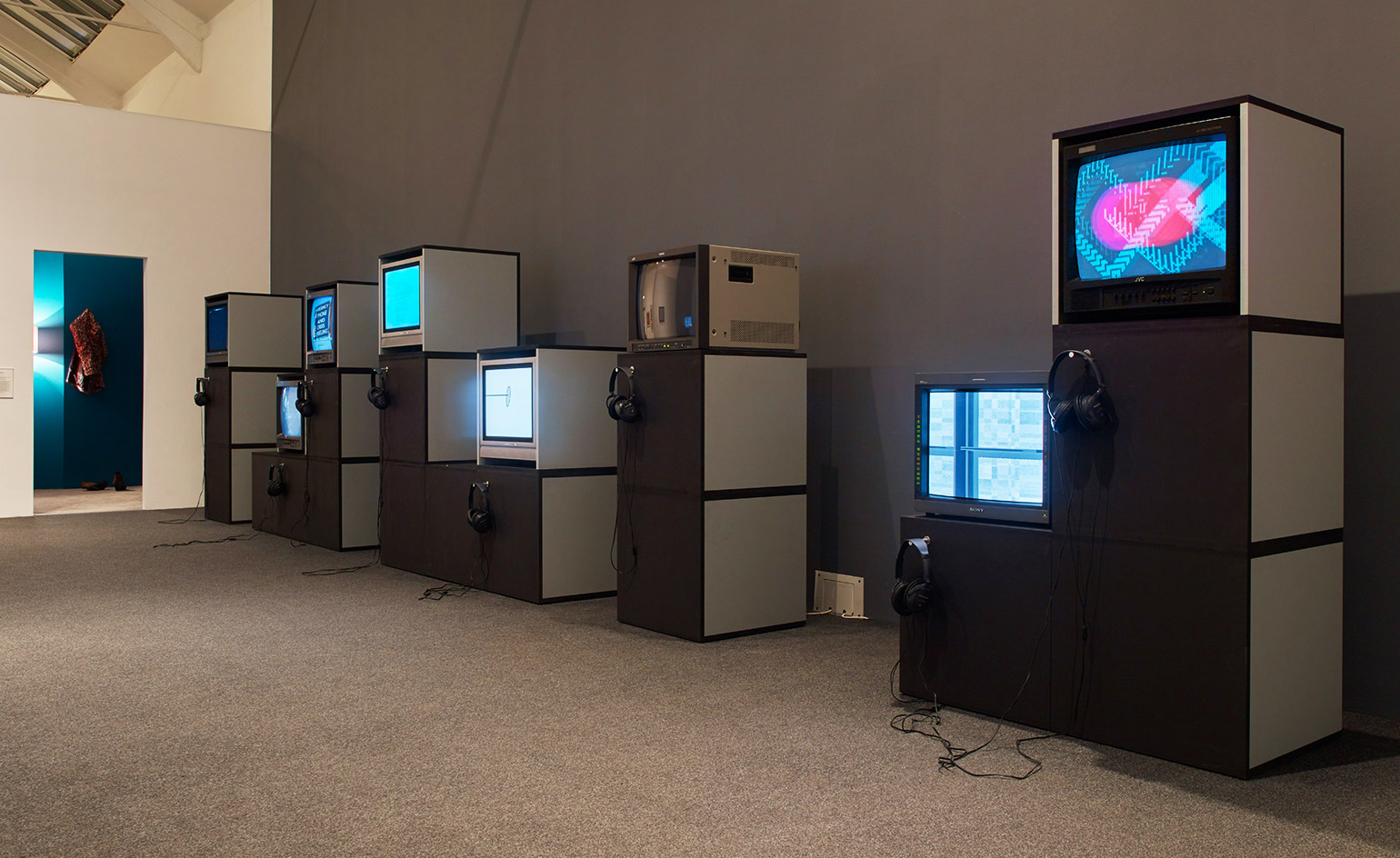
The final space is characterised by earlier, more optimistic works that push the boundaries of artistic technology. Courtesy of the artist.
INFORMATION
’Electronic Superhighways (2016 - 1966)’ runs until 15 May 2016. For more information, visit the Whitechapel Gallery website
ADDRESS
77-82 Whitechapel High St
London E1 7QX
Receive our daily digest of inspiration, escapism and design stories from around the world direct to your inbox.
Elly Parsons is the Digital Editor of Wallpaper*, where she oversees Wallpaper.com and its social platforms. She has been with the brand since 2015 in various roles, spending time as digital writer – specialising in art, technology and contemporary culture – and as deputy digital editor. She was shortlisted for a PPA Award in 2017, has written extensively for many publications, and has contributed to three books. She is a guest lecturer in digital journalism at Goldsmiths University, London, where she also holds a masters degree in creative writing. Now, her main areas of expertise include content strategy, audience engagement, and social media.
-
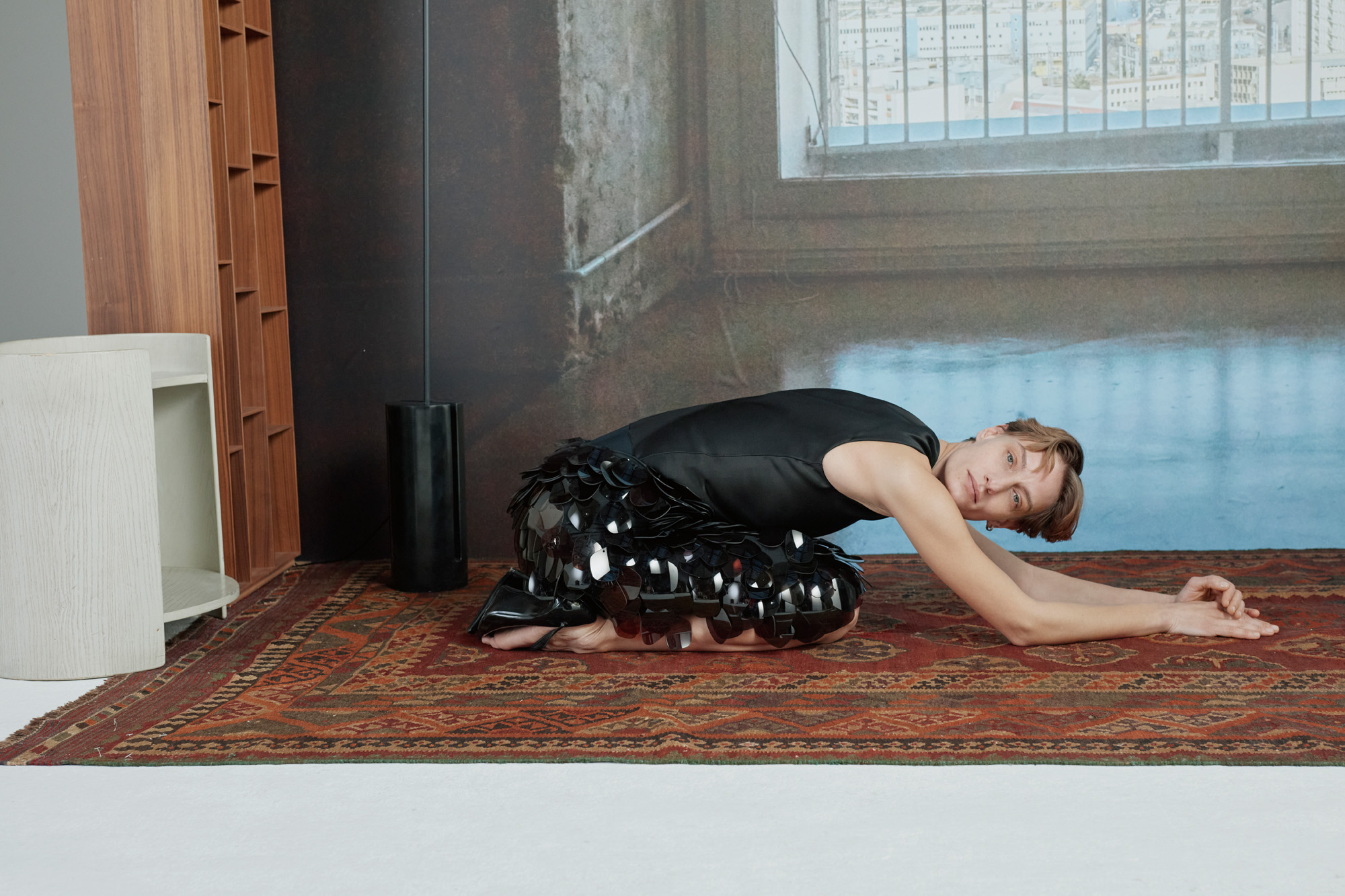 What one writer learnt in 2025 through exploring the ‘intimate, familiar’ wardrobes of ten friends
What one writer learnt in 2025 through exploring the ‘intimate, familiar’ wardrobes of ten friendsInspired by artist Sophie Calle, Colleen Kelsey’s ‘Wearing It Out’ sees the writer ask ten friends to tell the stories behind their most precious garments – from a wedding dress ordered on a whim to a pair of Prada Mary Janes
-
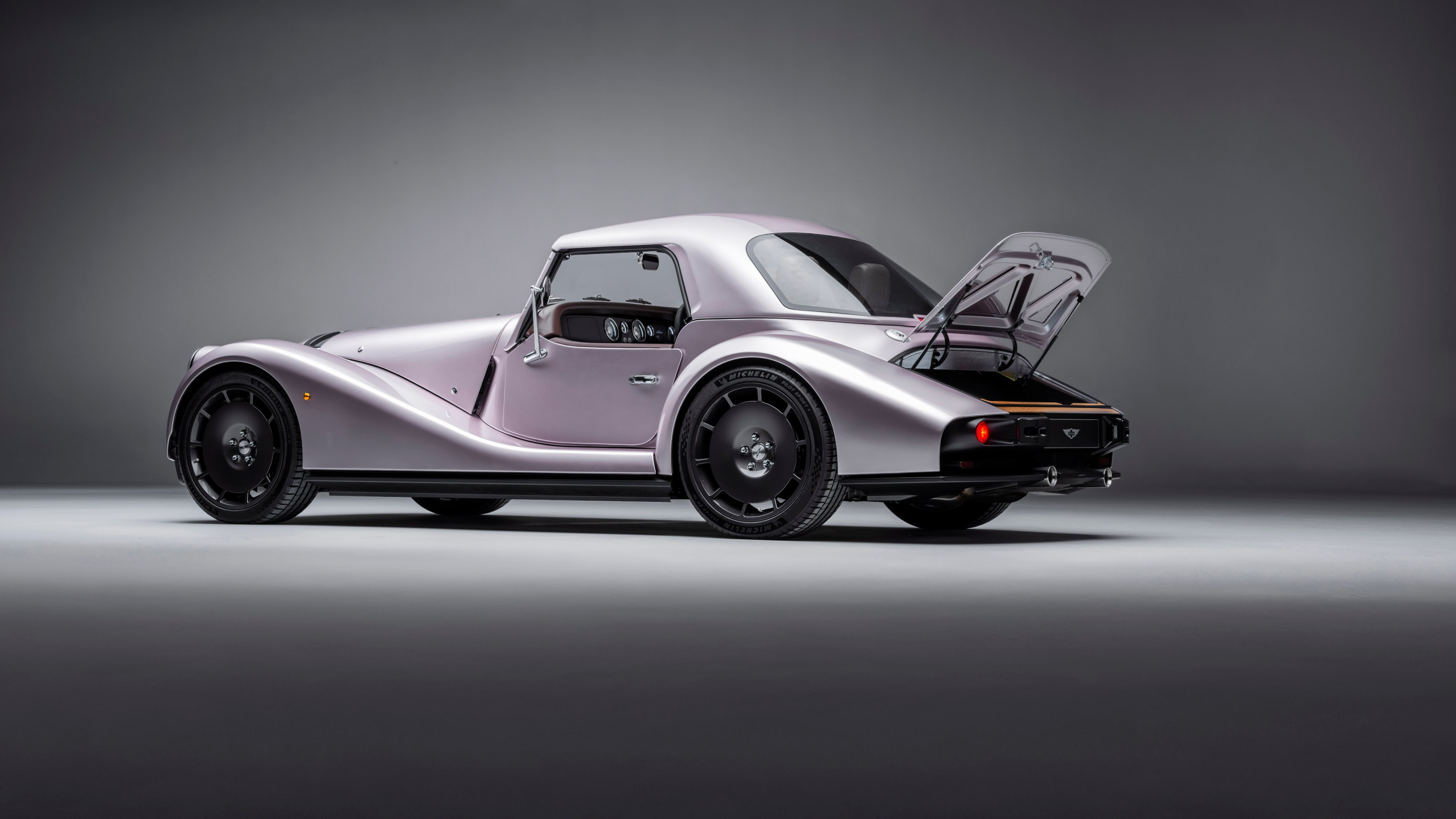 Year in review: 2025’s top ten cars chosen by transport editor Jonathan Bell
Year in review: 2025’s top ten cars chosen by transport editor Jonathan BellWhat were our chosen conveyances in 2025? These ten cars impressed, either through their look and feel, style, sophistication or all-round practicality
-
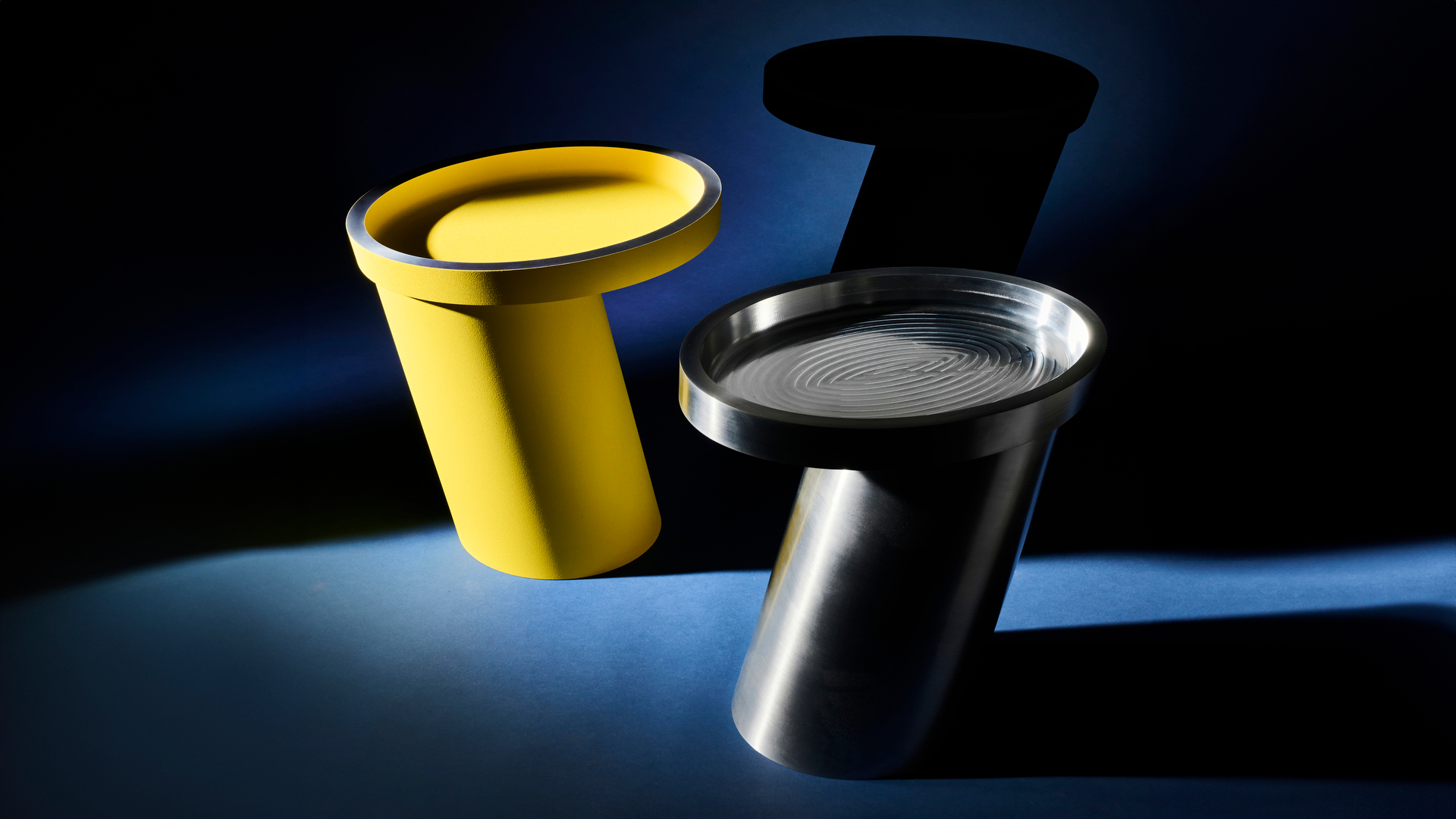 Eddie Olin's furniture that merges heavy metal with a side of playfulness
Eddie Olin's furniture that merges heavy metal with a side of playfulnessWallpaper* Future Icons: London-based designer and fabricator Eddie Olin's work celebrates the aesthetic value of engineering processes
-
 Out of office: The Wallpaper* editors’ picks of the week
Out of office: The Wallpaper* editors’ picks of the week'Tis the season for eating and drinking, and the Wallpaper* team embraced it wholeheartedly this week. Elsewhere: the best spot in Milan for clothing repairs and outdoor swimming in December
-
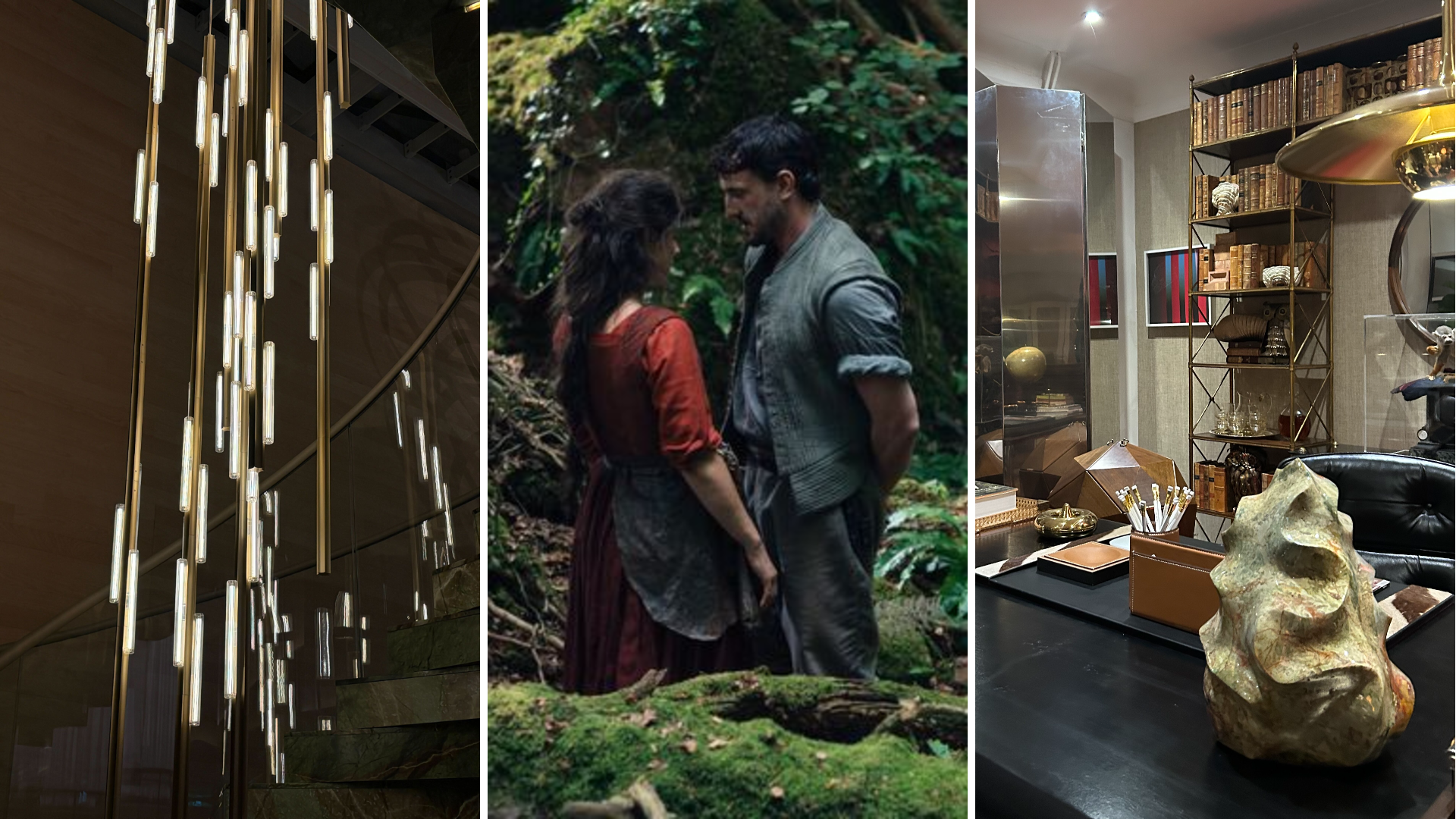 Out of office: The Wallpaper* editors’ picks of the week
Out of office: The Wallpaper* editors’ picks of the weekFar from slowing down for the festive season, the Wallpaper* team is in full swing, hopping from events to openings this week. Sometimes work can feel like play – and we also had time for some festive cocktails and cinematic releases
-
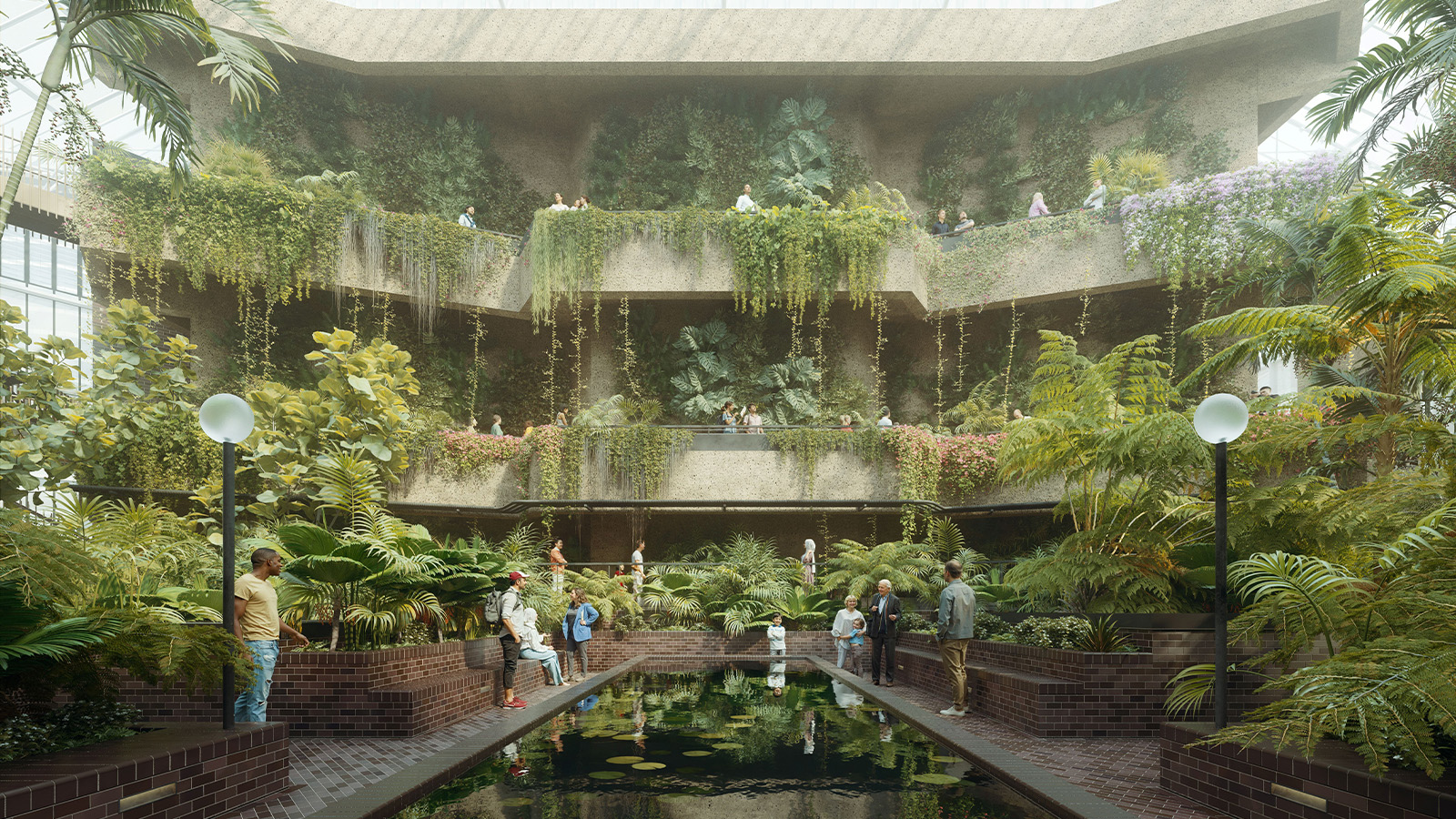 The Barbican is undergoing a huge revamp. Here’s what we know
The Barbican is undergoing a huge revamp. Here’s what we knowThe Barbican Centre is set to close in June 2028 for a year as part of a huge restoration plan to future-proof the brutalist Grade II-listed site
-
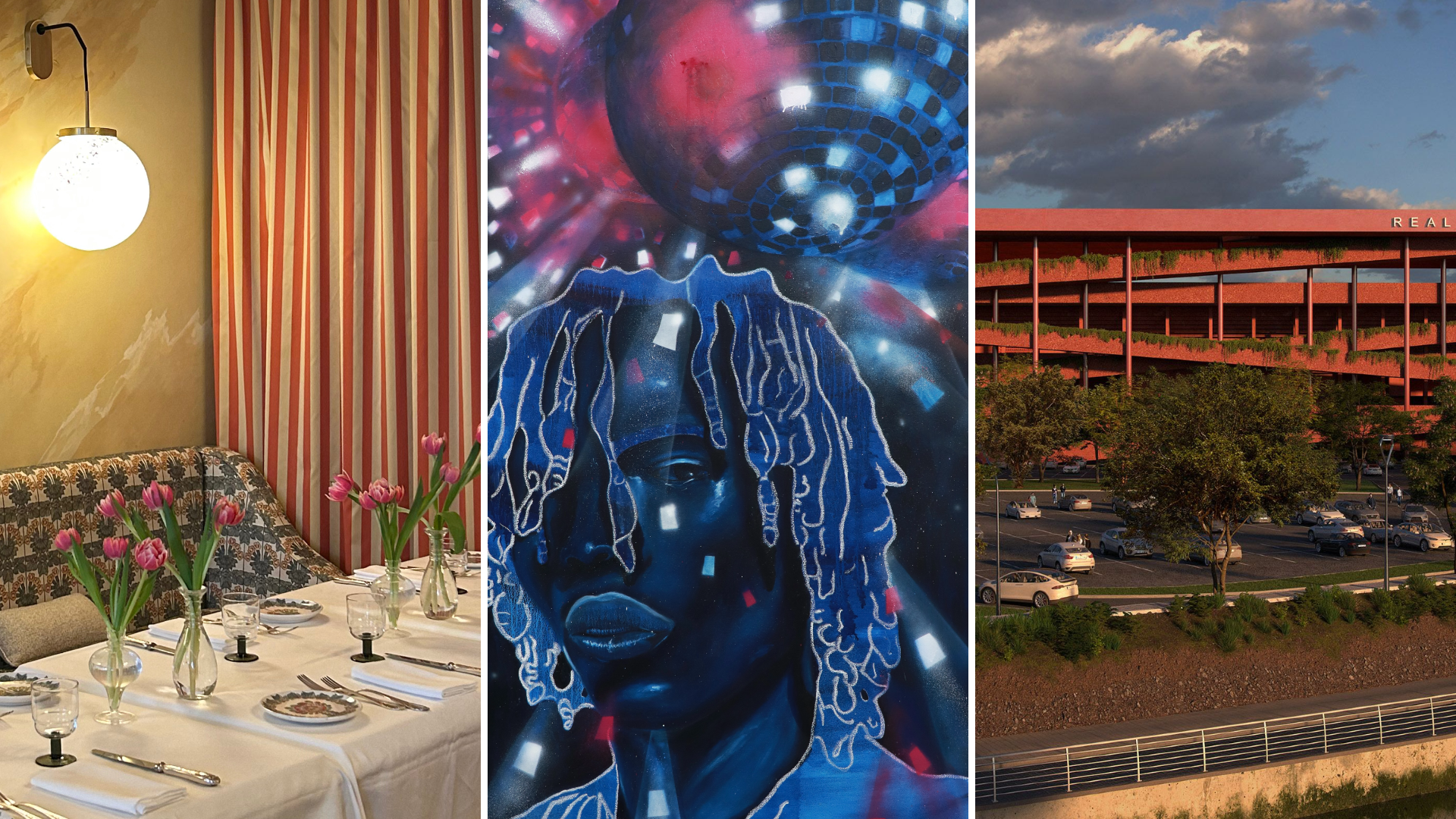 Out of office: The Wallpaper* editors’ picks of the week
Out of office: The Wallpaper* editors’ picks of the weekIt’s wet, windy and wintry and, this week, the Wallpaper* team craved moments of escape. We found it in memories of the Mediterranean, flavours of Mexico, and immersions in the worlds of music and art
-
 Each mundane object tells a story at Pace’s tribute to the everyday
Each mundane object tells a story at Pace’s tribute to the everydayIn a group exhibition, ‘Monument to the Unimportant’, artists give the seemingly insignificant – from discarded clothes to weeds in cracks – a longer look
-
 Out of office: The Wallpaper* editors’ picks of the week
Out of office: The Wallpaper* editors’ picks of the weekThis week, the Wallpaper* team had its finger on the pulse of architecture, interiors and fashion – while also scooping the latest on the Radiohead reunion and London’s buzziest pizza
-
 Out of office: The Wallpaper* editors’ picks of the week
Out of office: The Wallpaper* editors’ picks of the weekIt’s been a week of escapism: daydreams of Ghana sparked by lively local projects, glimpses of Tokyo on nostalgic film rolls, and a charming foray into the heart of Christmas as the festive season kicks off in earnest
-
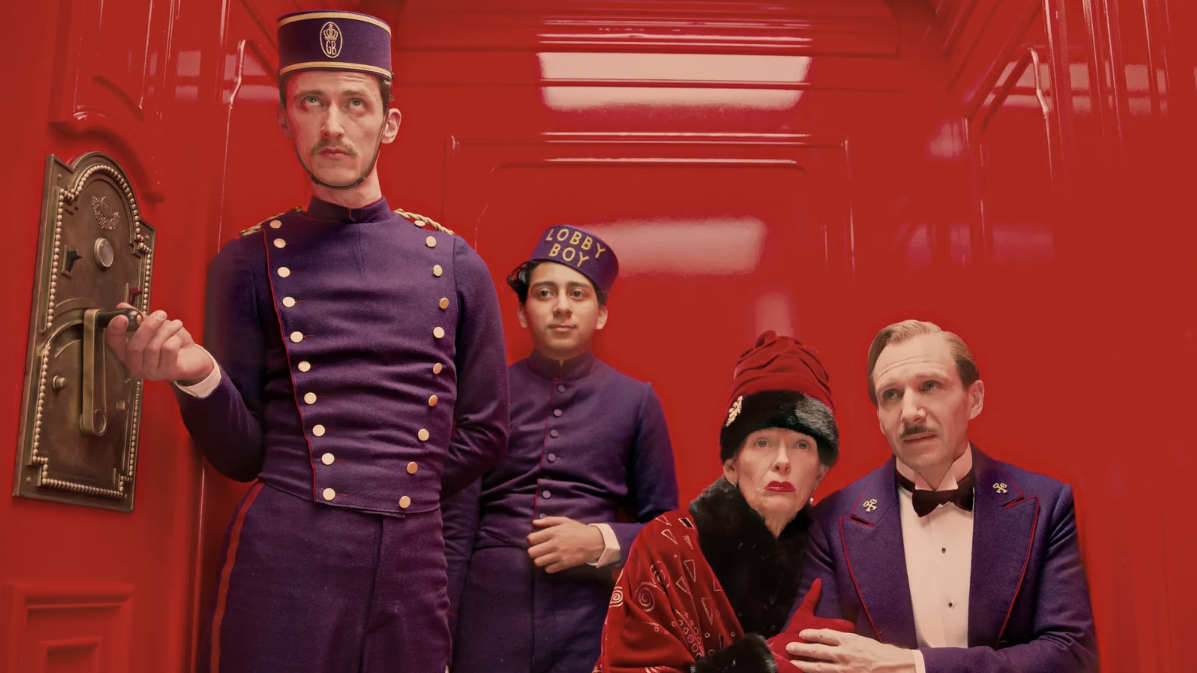 Wes Anderson at the Design Museum celebrates an obsessive attention to detail
Wes Anderson at the Design Museum celebrates an obsessive attention to detail‘Wes Anderson: The Archives’ pays tribute to the American film director’s career – expect props and puppets aplenty in this comprehensive London retrospective